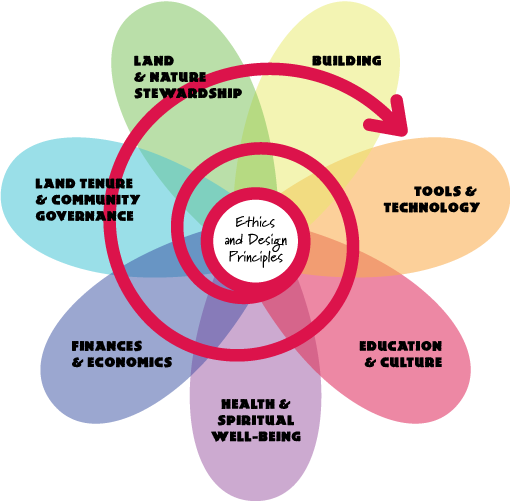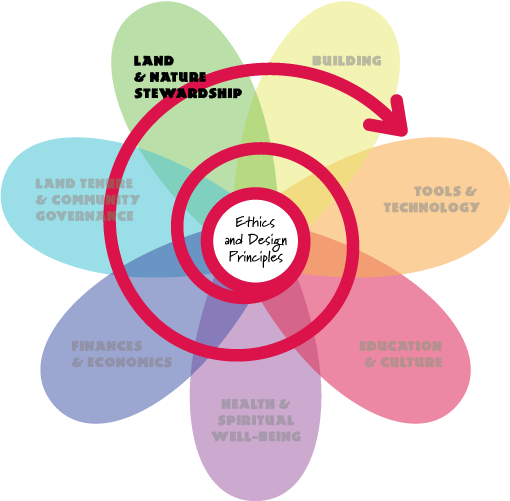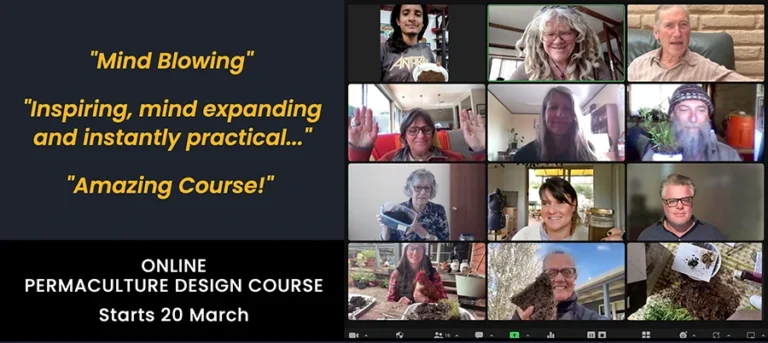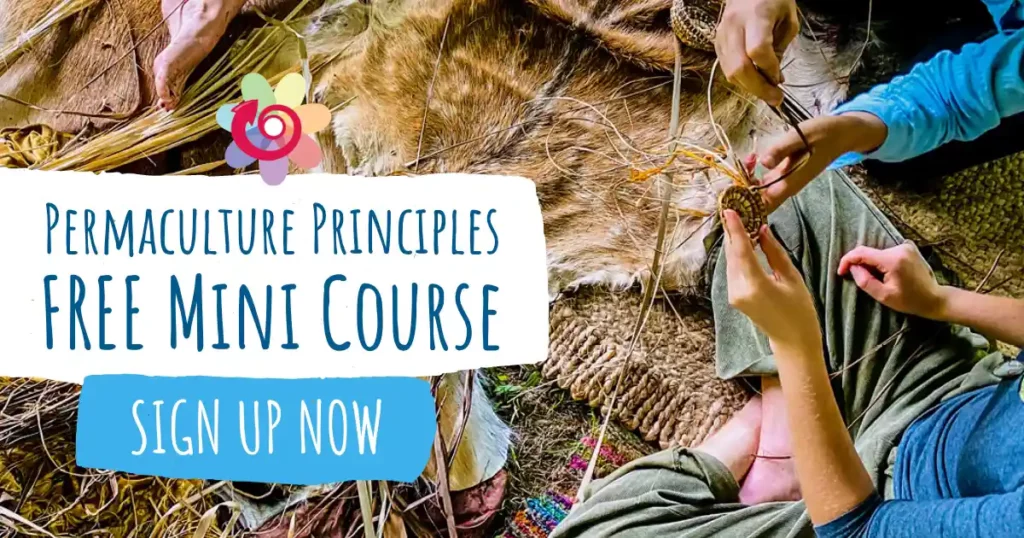
Permaculture begins with understanding nature, working with rather than against her
Bio-intensive gardening: Use of compost, double digging, companion planting and natural pest control to produce the maximum amount of food in the minimum area.
Forest gardening: Producing food from trees, perennial and annual plants in a system that mimics a natural forest.
Seed saving: Collecting and storing seeds, often with the aim of maintaining certain strains.
Organic agriculture: Commercial agriculture that uses natural fertilisers and pest control methods.
Biodynamics: A system of organic agriculture and gardening based on the work of Rudolf Steiner.
Natural farming: A Japanese system of organic agriculture involving minimal or no use of tillage and animal manures, most notably associated with Masanobu Fukuoka.
Keyline water harvesting: A system of landscape analysis, water harvesting and soil development using dams, channels and soil condition ploughing, developed by P.A.Yeomans.
Wholistic rangeland management: A system that uses intensive rotational grazing of livestock to sustainably manage land and provide animal yields, developed and taught by Allan Savory.
Natural sequence farming: A system of gabions, revegetation, and swales, to restore health and productivity of floodplains, developed by Peter Andrews.
Agroforestry: Integrated production of pastures and/or crops with timber and/or tree crops.
Nature-based forestry: Sustainable forestry that uses mixed species, long rotations, minimal impact harvesting and natural regeneration in wild and planted timber forests.
Integrated aquaculture: Aquatic systems that provide most of the food for harvested fish and/or other animals.
Wild harvesting & hunting: Gathering food and other yields from wild plants and animals.
Gleaning: Gathering of food wasted by commercial production.





